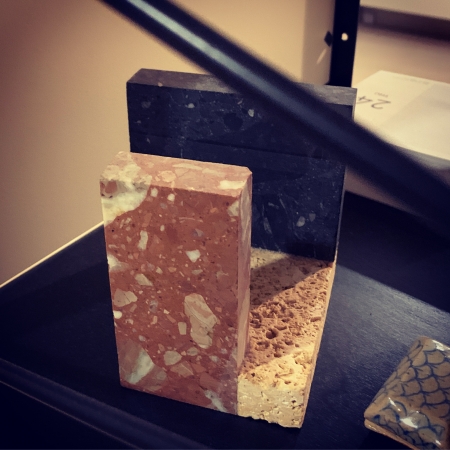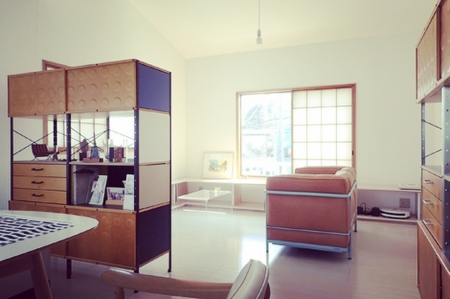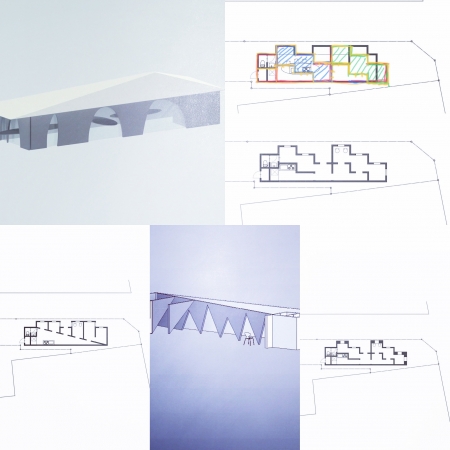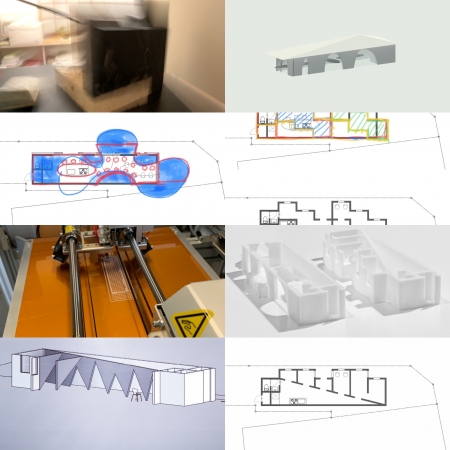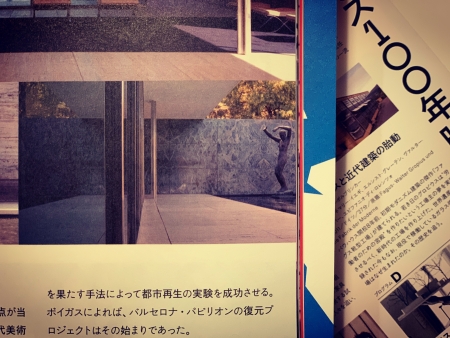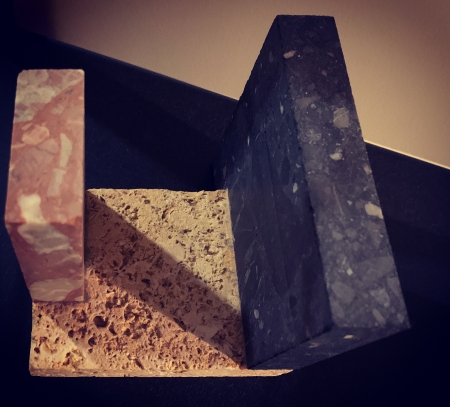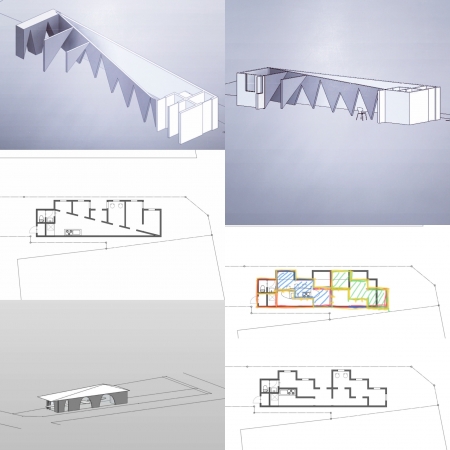空間以外の言葉
本当に建築が小さくなると、その建築の中で一番場所を占める物は人になるだろう。人が物と同等に扱われる。そうなると建築は使っている状態でも物だけの存在になる。
建築を物としてだけ扱う、人との関係を無視できる。そうなると物自体の物質感が空間の質を決める。ただ、そうなるとその場所を空間というのか、空間が空間であるためには人が必要、あるいは人がいる前提が必要だと考えてしまう。
20世紀に発見された言葉である「空間」を何気なく毎日使っているが、そのように考えると「空間」という言葉に別の言葉を当てはめたくなる。
"Words other than space"
When an architecture really gets smaller, people will be the ones that occupy the most space in the architecture. People are treated the same as things. In that case, architecture becomes only a thing even when it is in use.
You can ignore the relationship with people who treat architecture only as a thing. In that case, the material feeling of the thing itself determines the quality of the space. However, in that case, I think that the place is a space, or that a space needs people or a premise that there are people.
I casually use the word "space" discovered in the 20th century every day, but when I think about it that way, I want to apply another word to the word "space".

